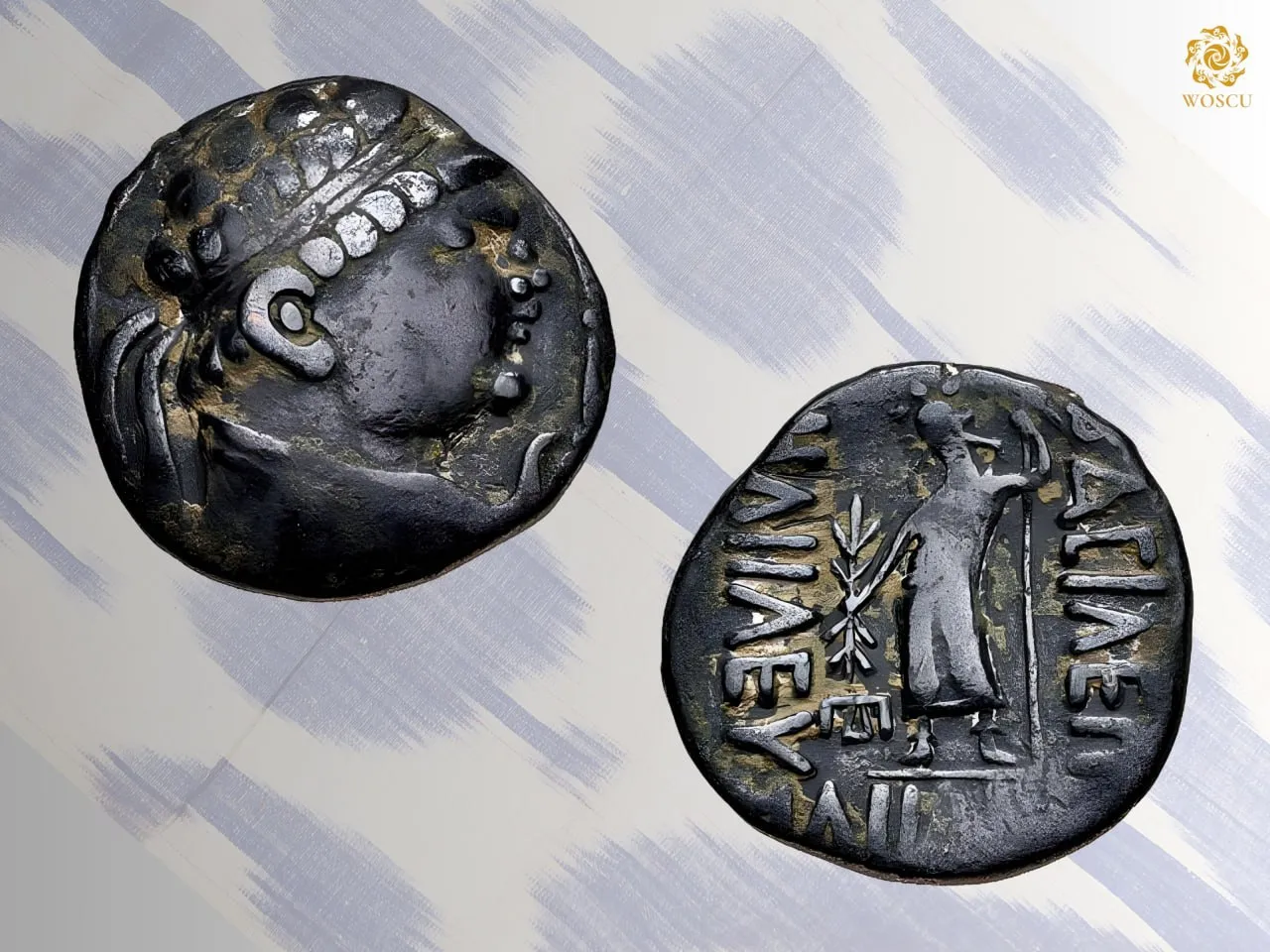
In the Chinese Later Han Chronicle, after a description of the Yuezhi conquest of Bactria and the division that followed of the Great Yuezhi’s state into five smaller units (principalities), it is recorded:
“More than a hundred years later, the xihou of Guishuang, named Qiujiuque, attacked and exterminated the four other xihou. He set himself up as king of a kingdom called Guishuang. He invaded Anxi and took the Gaofu region. He also defeated the whole of the kingdoms of Puda and Jibin. Qiujiuque was more than eighty years old when he died. His son, Yangaozhen, became king in his place. He returned and defeated Tianzhu (north-western India) and installed a general to supervise and lead it. The Yuezhi then became extremely rich. All the kingdoms call [their king] the Guishuang (Kushan) king, but the Han call them by their original name, Da Yuezhi".
The names Qiujiuque and Yangaozhen have previously been proved linguistically to be identical with the names of the Kushan kings Kujula Kadphises and Vima Kadphises respectively. But now there is increasing evidence to believe that Yangaozhen ought to be identified as Vima Takto (see below). The titulature on the Kushanid Kujula Kadphises coinage explicitly shows his progress in political status from a prince (xihou/yabgu) to the “King of Kings, Son of the Gods” – Maharayasa Rayatirayasa Devaputrasa Kuyula Kara Kaphsasa. Moreover, the legends on his coins written in Kharoshthi script likewise speak of the inclusion of areas with Indian ethnicities in the territories of his kingdom.
It will be remembered that the coins of Kujula Kadphises are exceedingly numerous in Kabulistan and Gandhara. amounting to hundreds or even thousands of pieces. Contrary to this only a few coins of Kujula Kadphises were reported from Southern and Northern Bactria, suggesting that Kujula Kadphises did not have influence in these areas. It thus seems probable that in other parts of Bactria, power was held by representatives of other clans of the Yuezhi who minted coins in imitations of Heliocles’ coins and Eucratides’ obols of various types, as well as coins of independent type introduced into the region under Sapadbizes (Sapalbizes) and which continued to be minted under his dynasty.
You can learn more about the topic in the book-album "Kushan Kingdom: Dynasties, State, People, Language, Writing System, Religions" (XXXVI volume) from the series "The Cultural Legacy of Uzbekistan".
The general sponsor of the project is the oilfield services company Eriell-Group.
